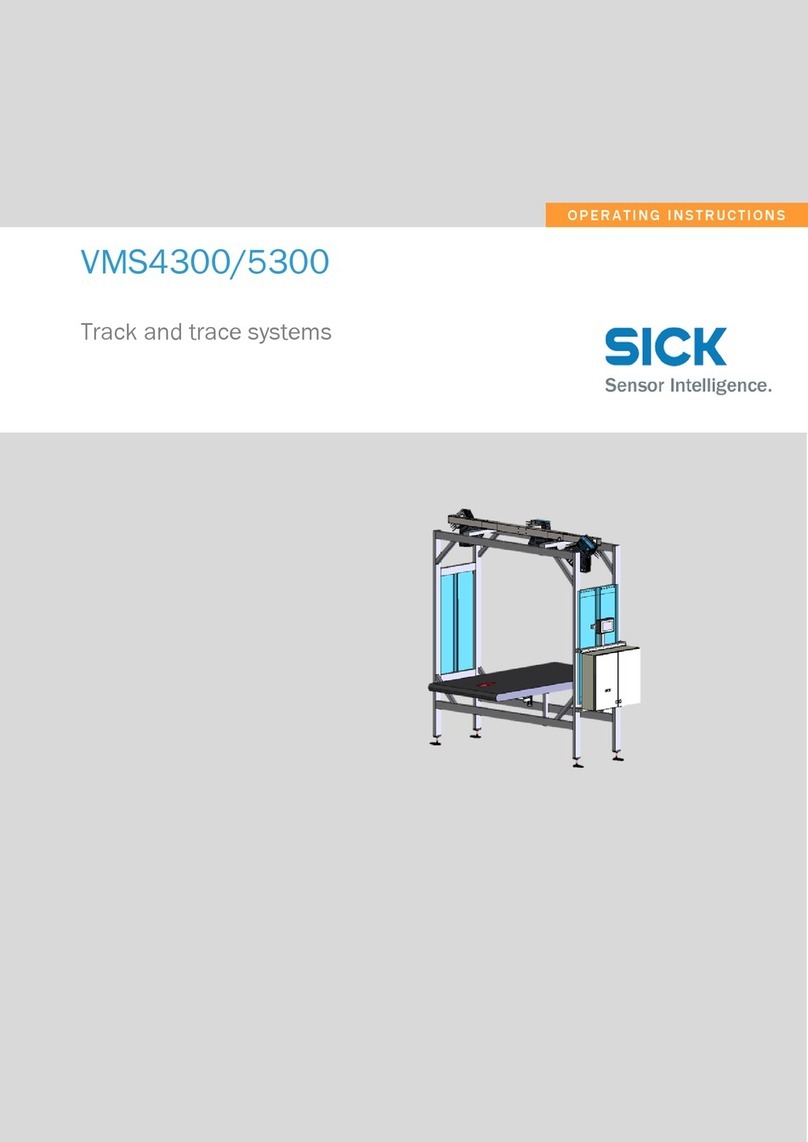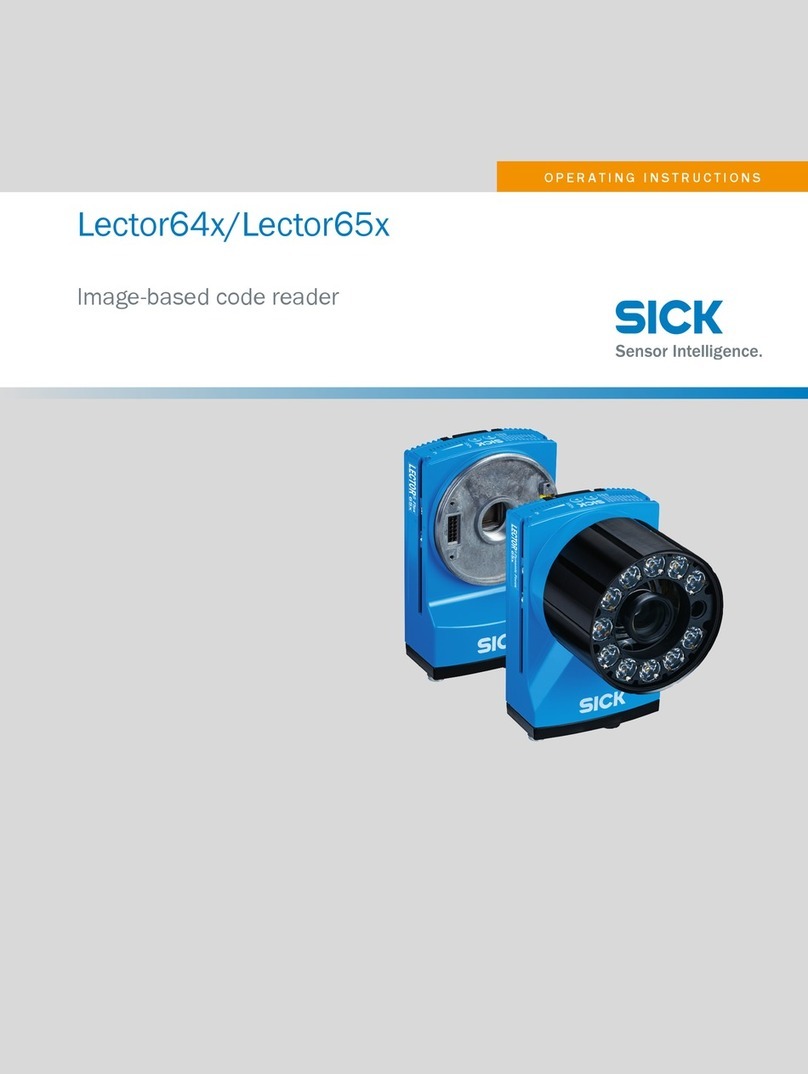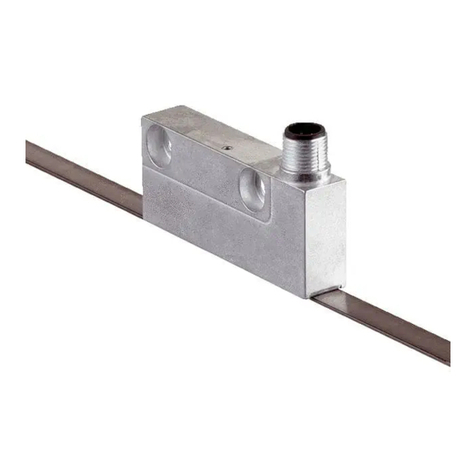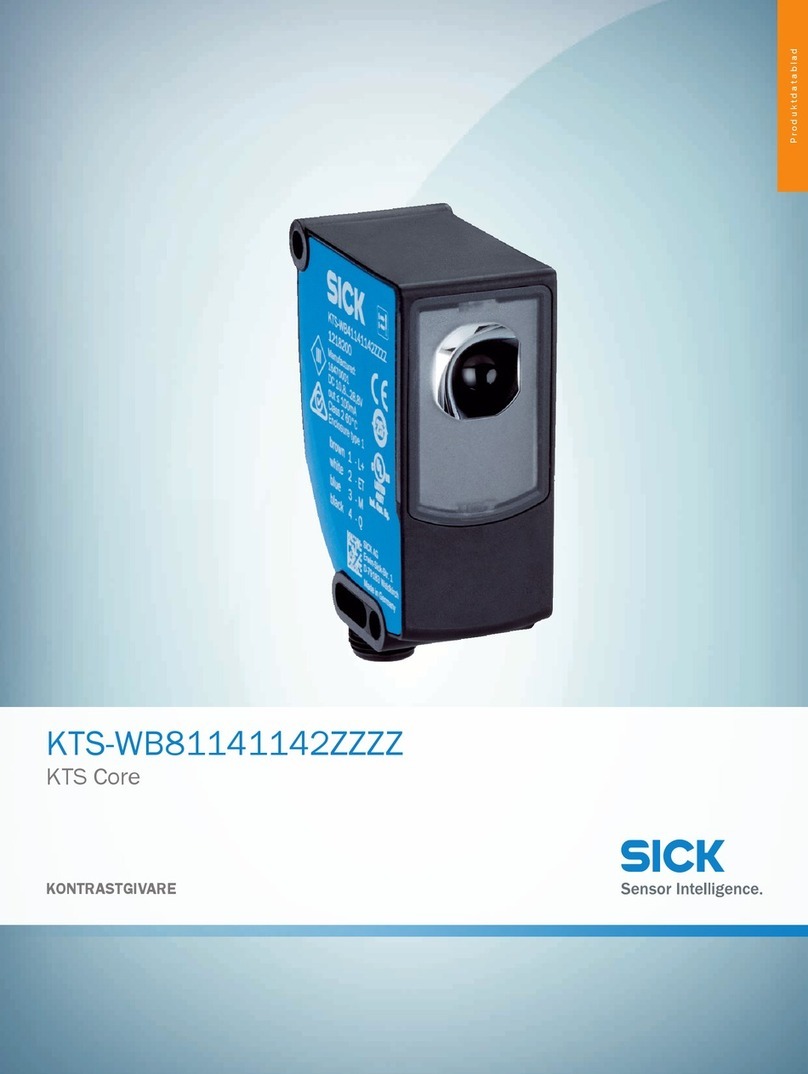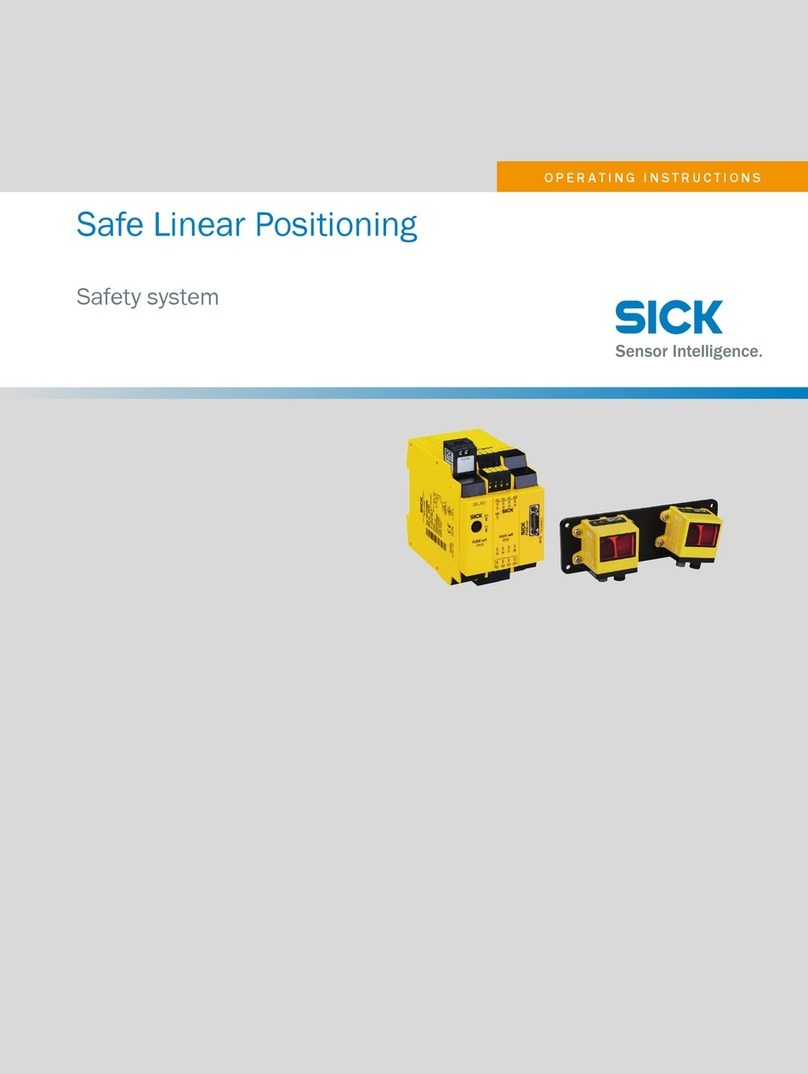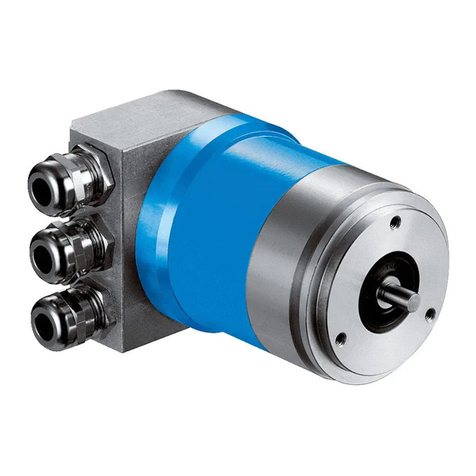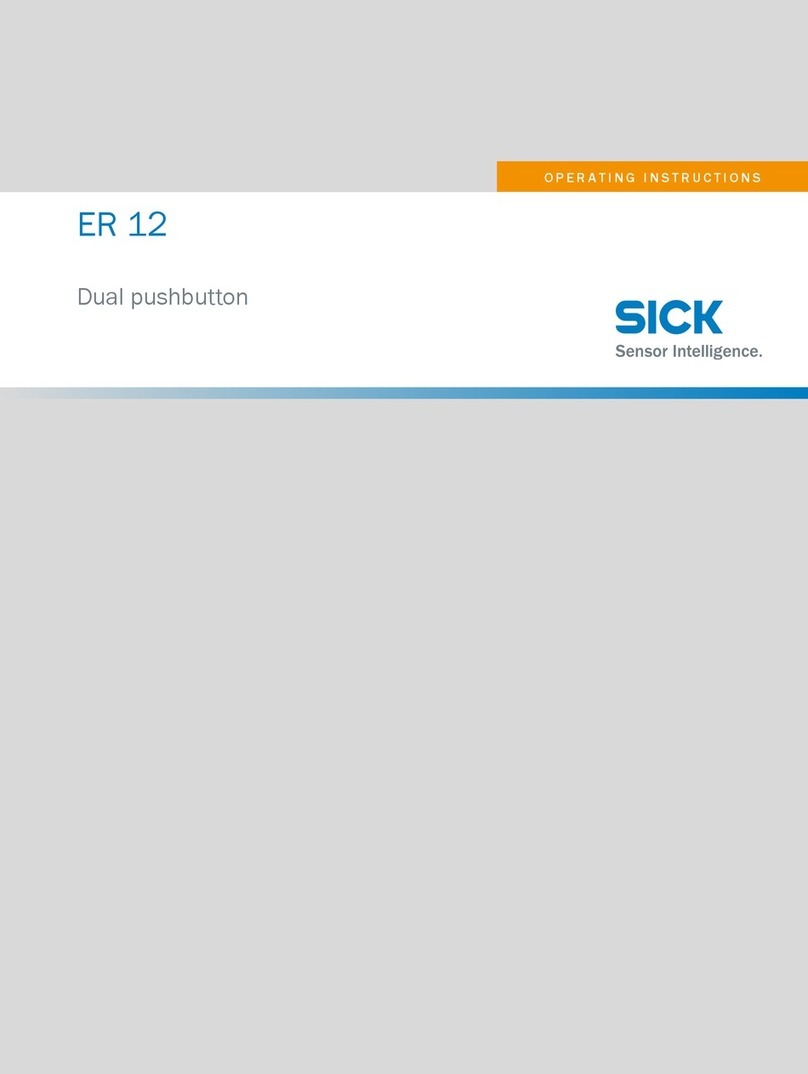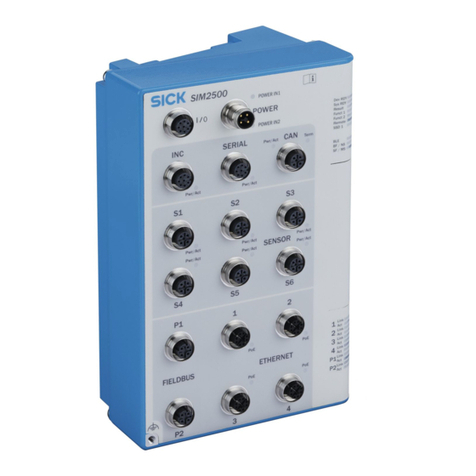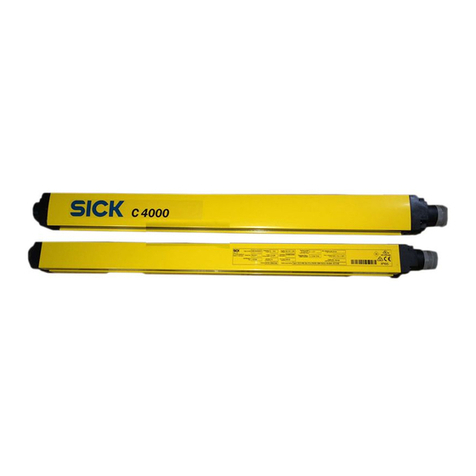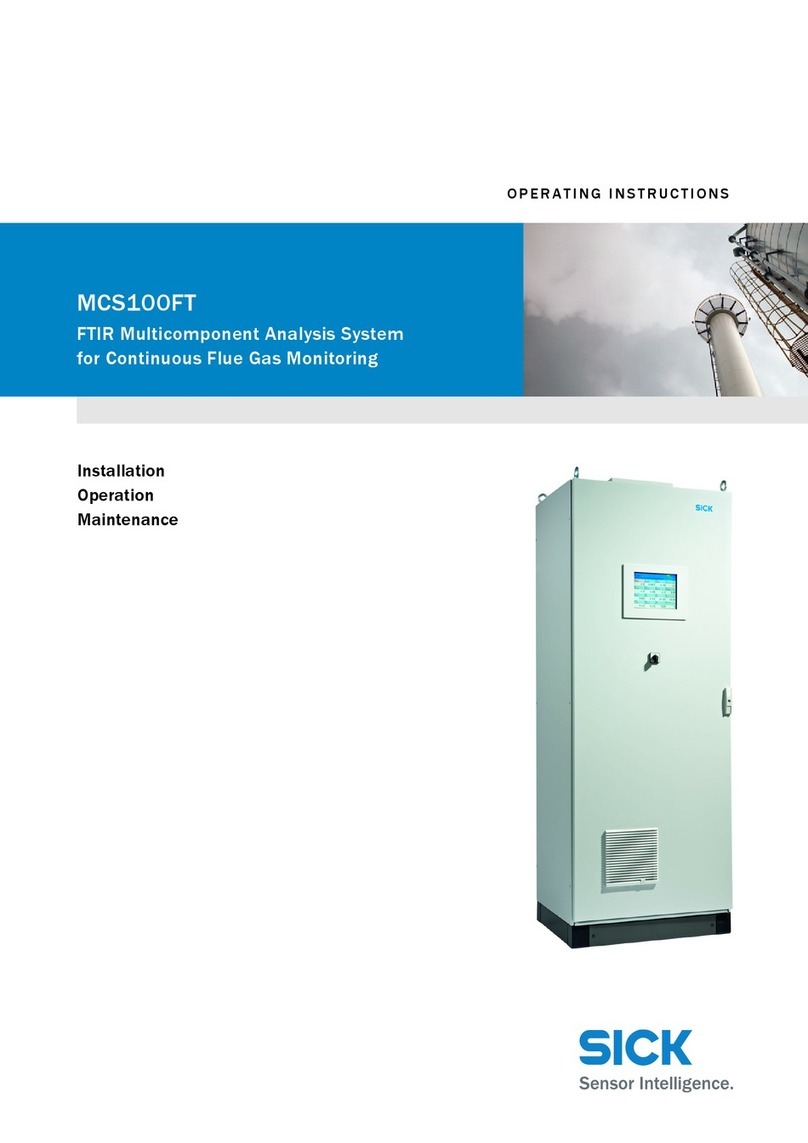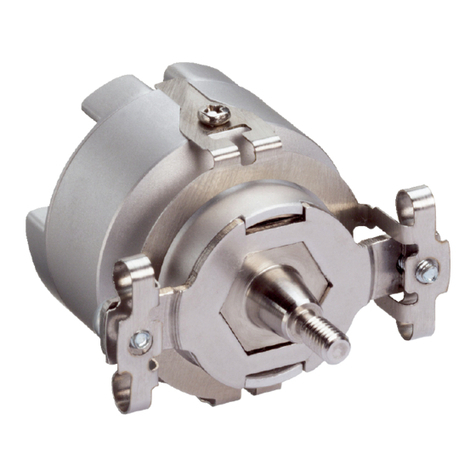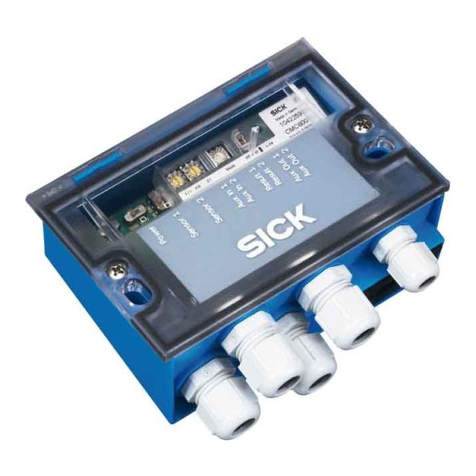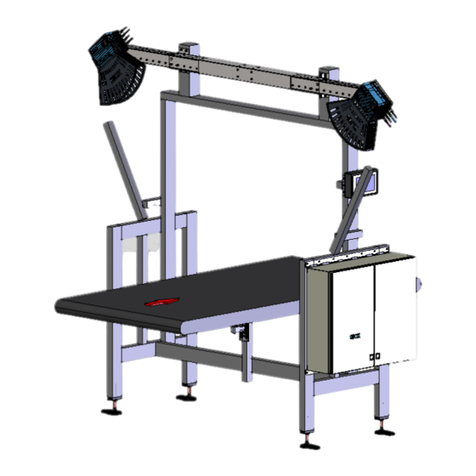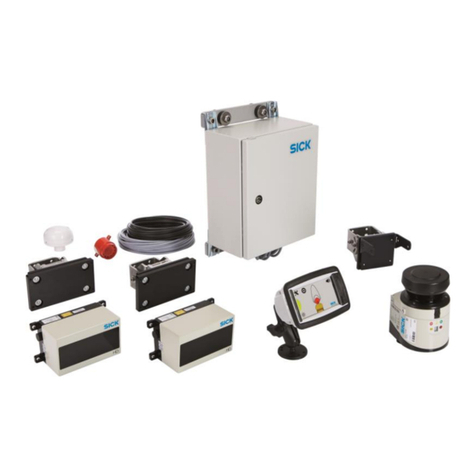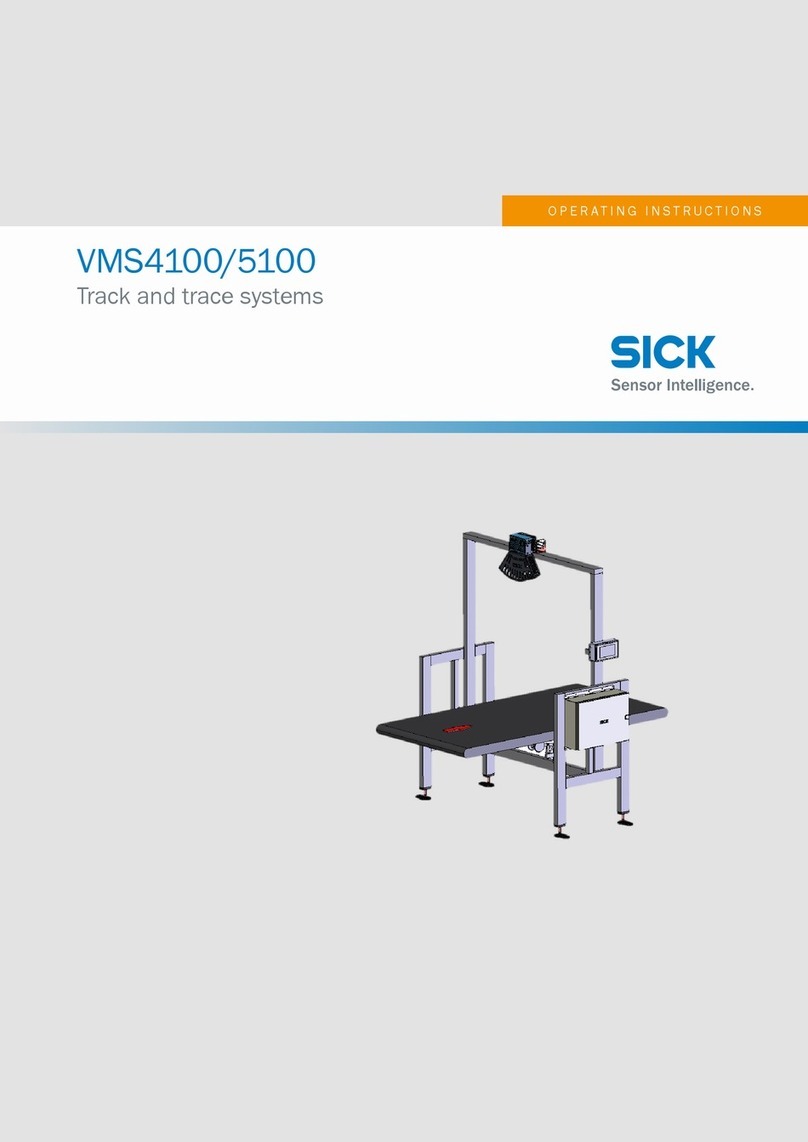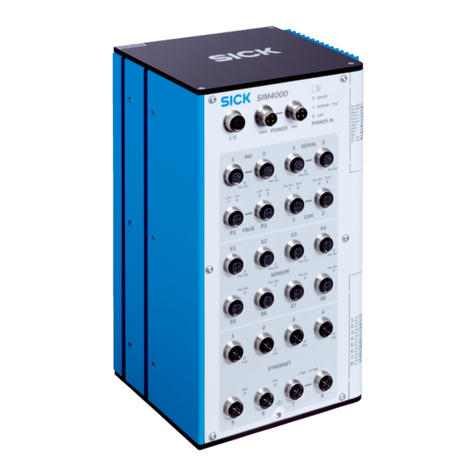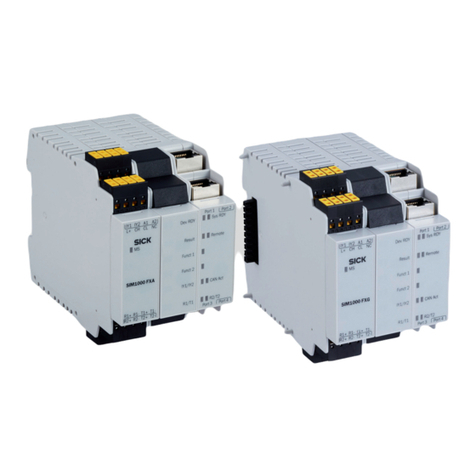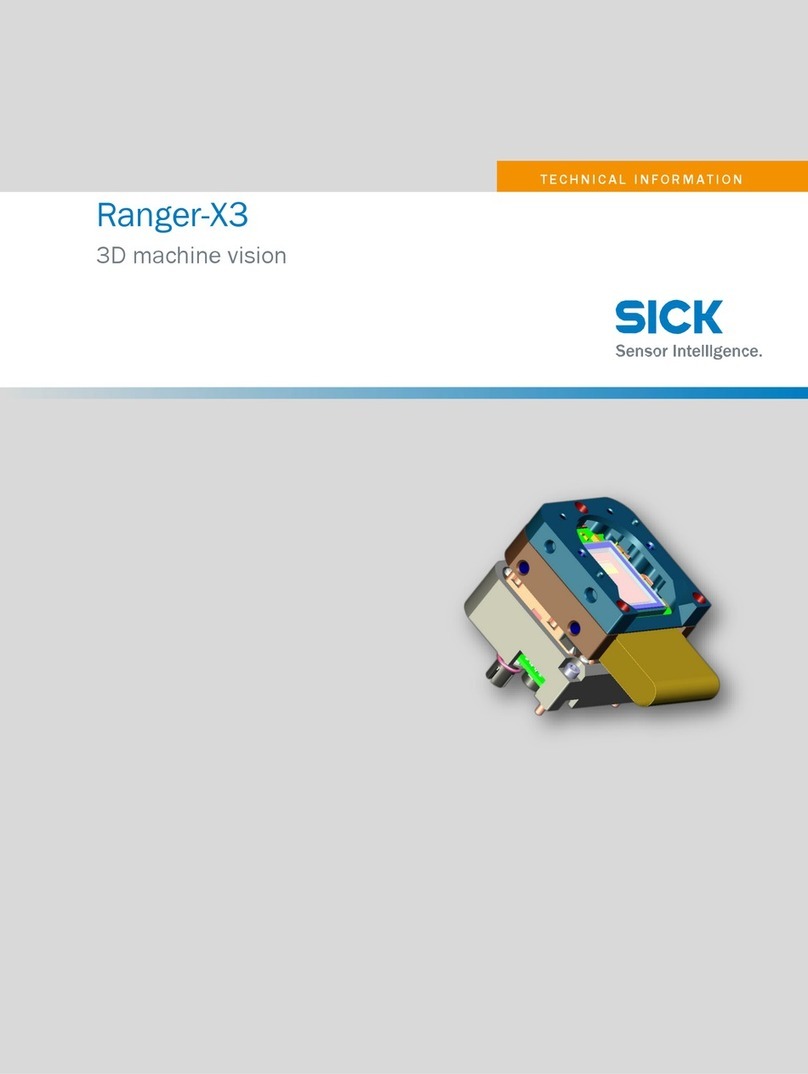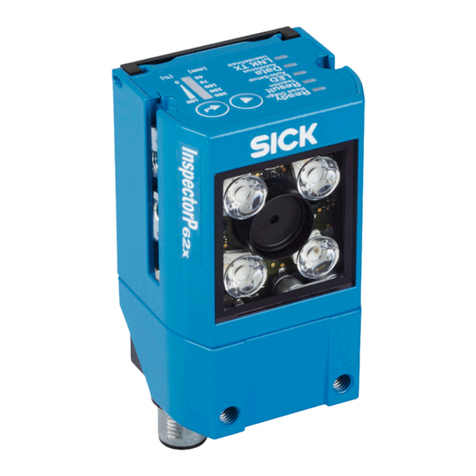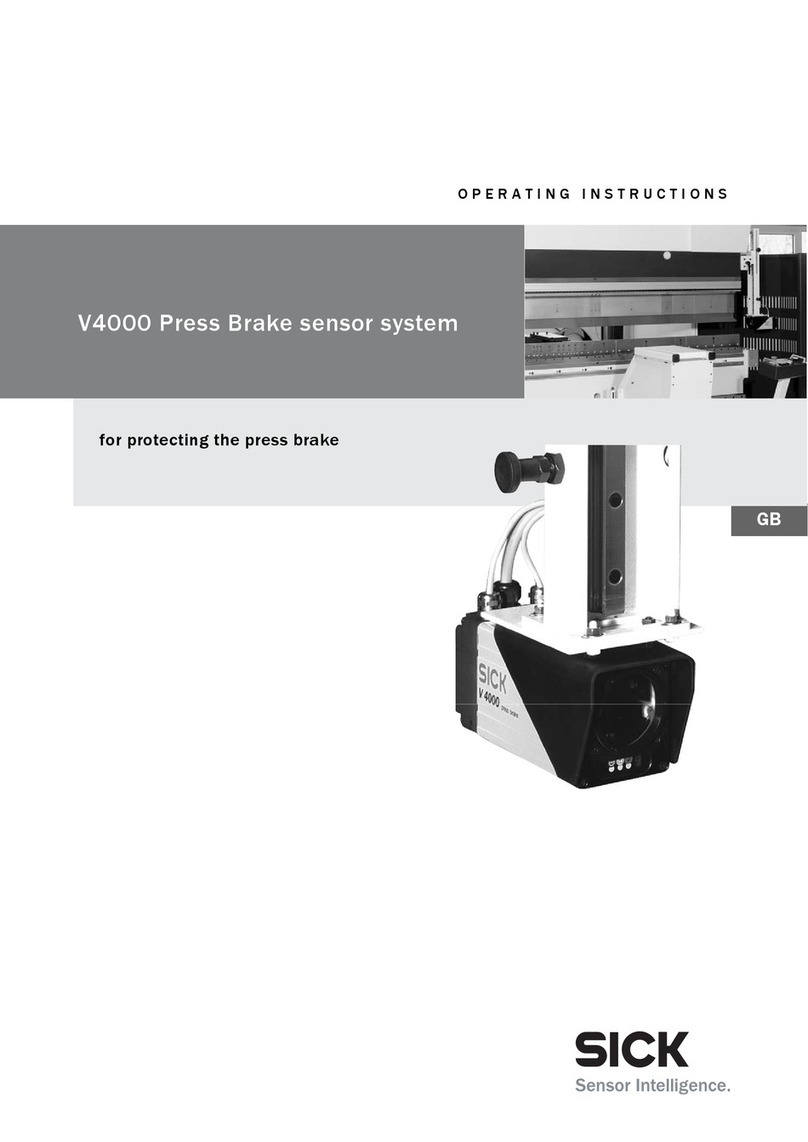
Contents
1 About this document........................................................................ 4
1.1 Information on the operating instructions.............................................. 4
1.2 Target group.............................................................................................. 4
1.3 Further information................................................................................... 4
1.4 Related applicable documents................................................................ 4
1.5 Symbols and document conventions...................................................... 4
2 Safety information............................................................................ 6
2.1 Basic safety notes..................................................................................... 6
2.2 Intended use............................................................................................. 6
2.3 Improper use............................................................................................. 7
2.4 Qualification of personnel........................................................................ 7
3 Product description........................................................................... 8
3.1 Scope of delivery....................................................................................... 8
3.2 System components................................................................................. 8
3.3 System setup............................................................................................ 9
3.4 Functionality.............................................................................................. 11
4 Maintenance...................................................................................... 13
4.1 Maintenance............................................................................................. 13
4.2 Maintenance............................................................................................. 13
4.2.1 Visual inspection of the photoelectric retro-reflective sen‐
sor............................................................................................. 13
4.2.2 Visual inspection of measuring wheel encoder..................... 13
4.2.3 Visual inspection of the cables............................................... 14
4.3 Replacing components............................................................................. 14
5 Troubleshooting................................................................................. 15
5.1 Important information.............................................................................. 15
5.2 Fault indications of the components....................................................... 15
5.3 Troubleshooting the controller................................................................. 15
5.4 Faults during operation............................................................................ 16
5.5 Detailed fault analysis.............................................................................. 16
5.6 Status log.................................................................................................. 16
6 Decommissioning............................................................................. 17
7 Technical data.................................................................................... 18
7.1 RFID system data sheet........................................................................... 18
7.2 Modules data sheet.................................................................................. 18
7.3 Antenna data sheet.................................................................................. 18
CONTENTS
8028460/2023-08-08 | SICK O P E R A T I N G I N S T R U C T I O N S | RFCS-HP 3
Subject to change without notice
